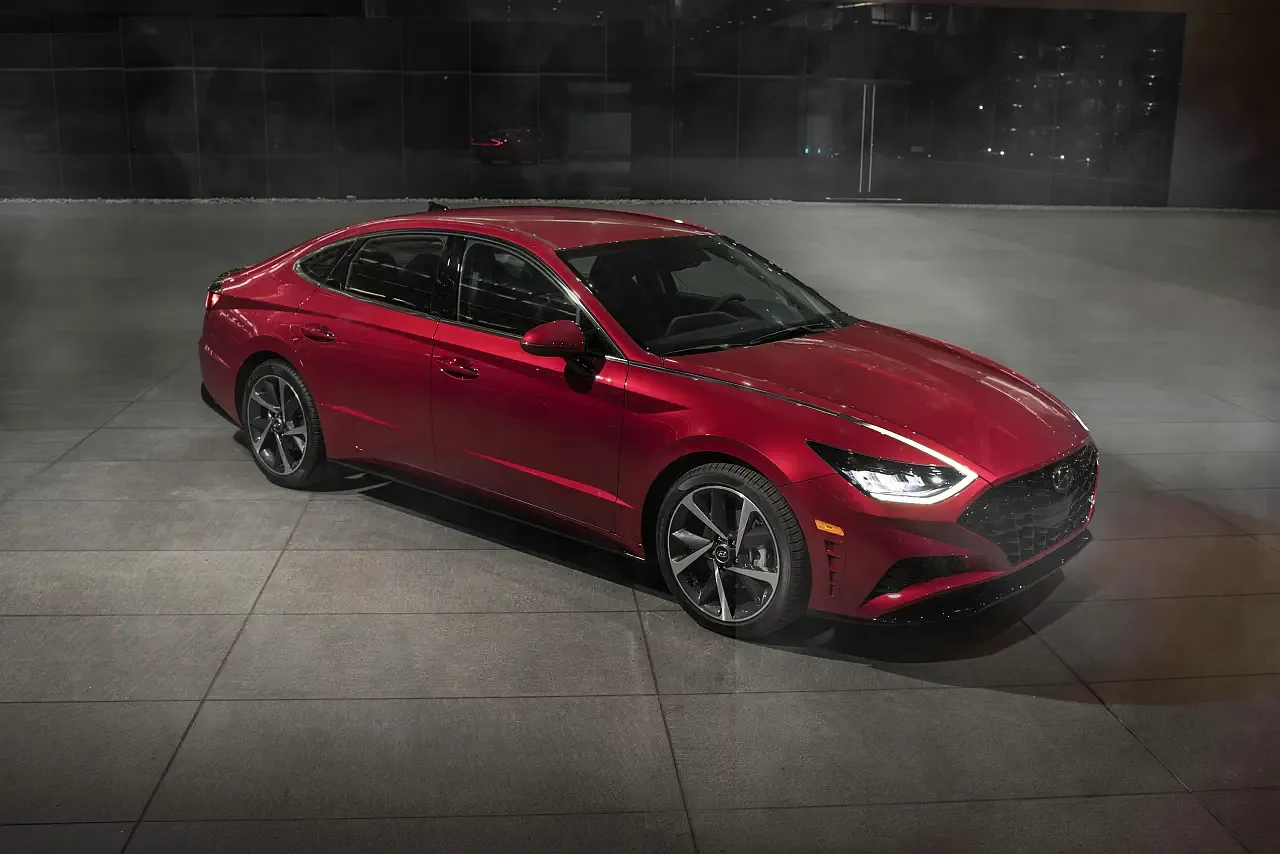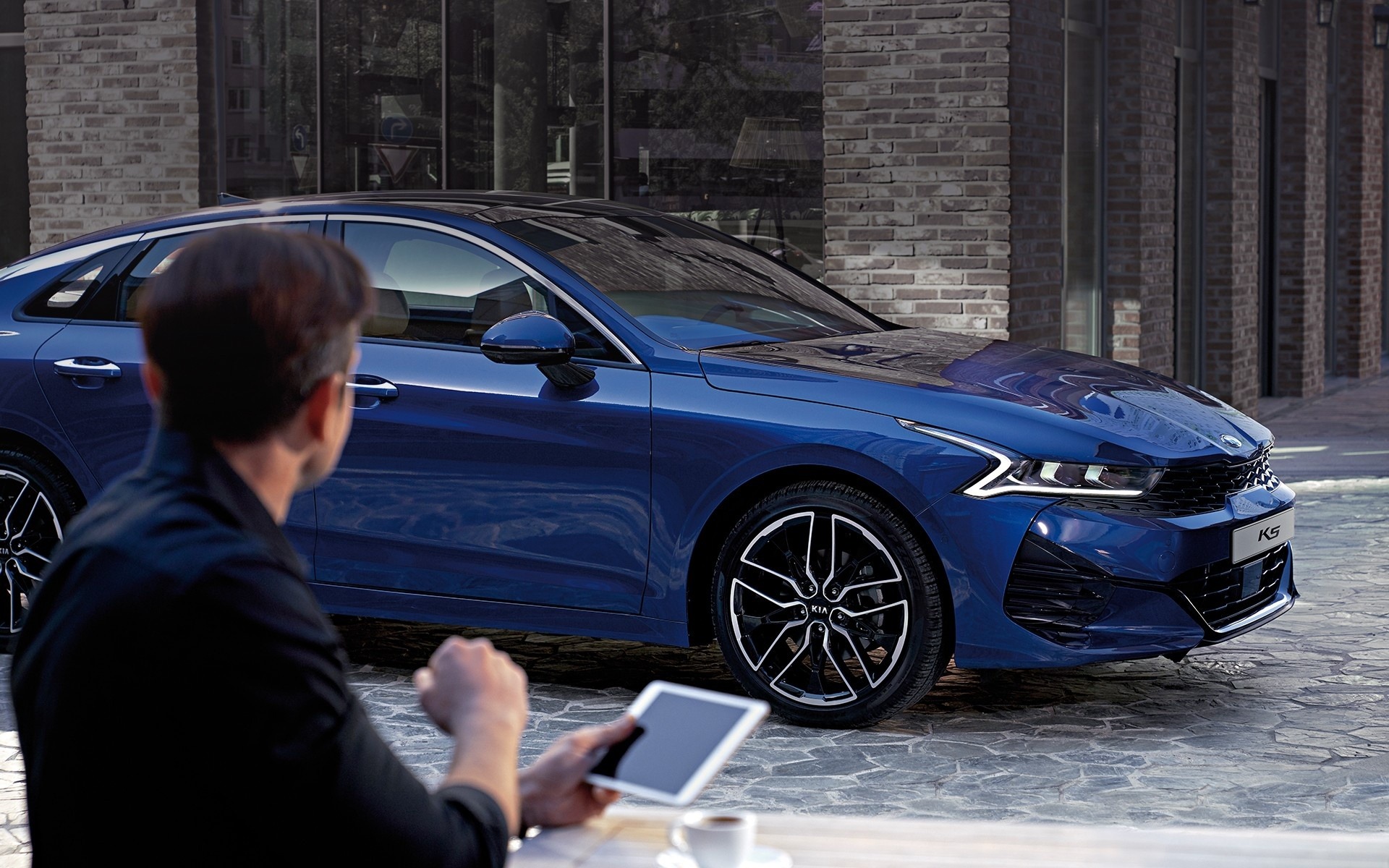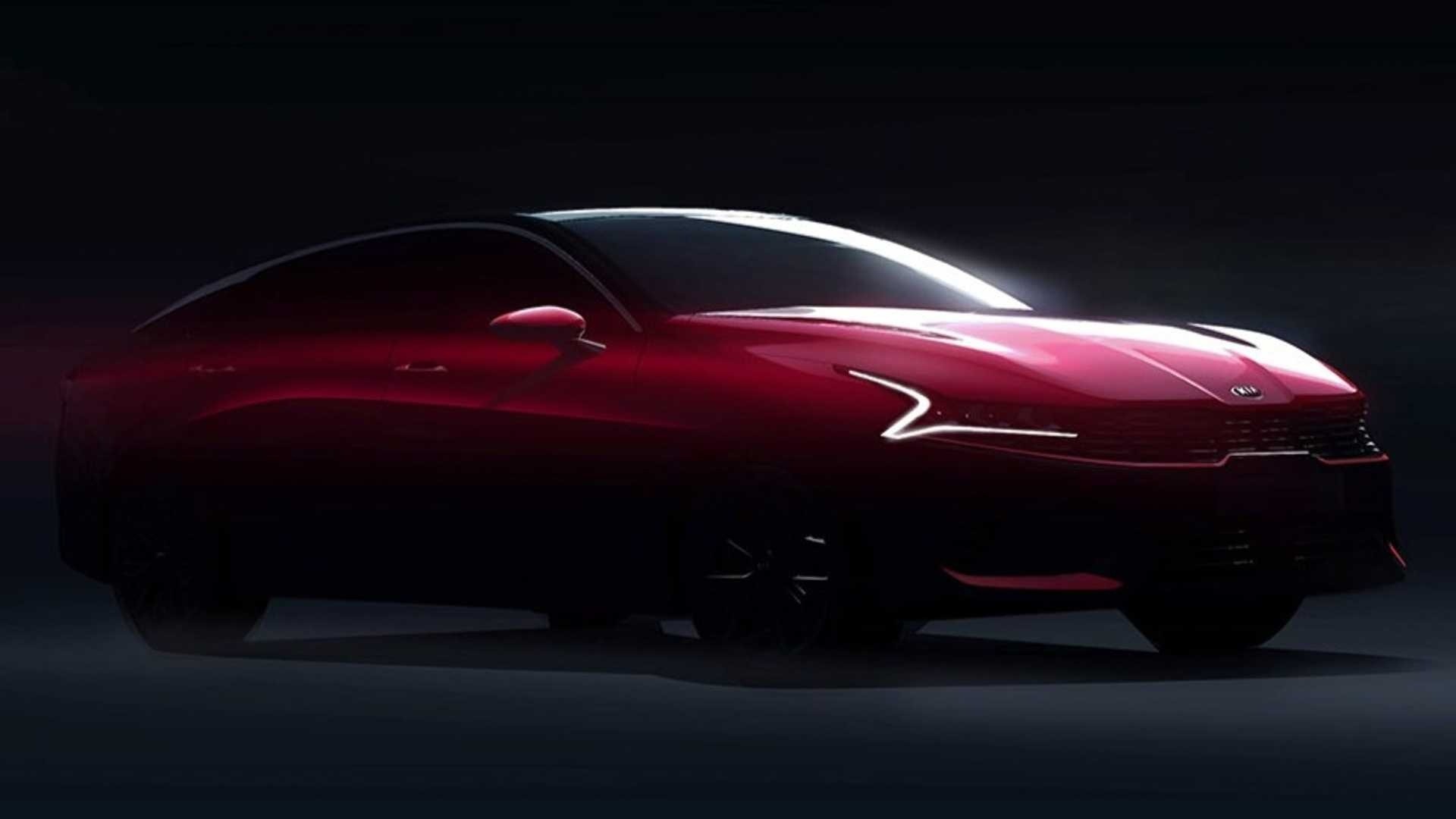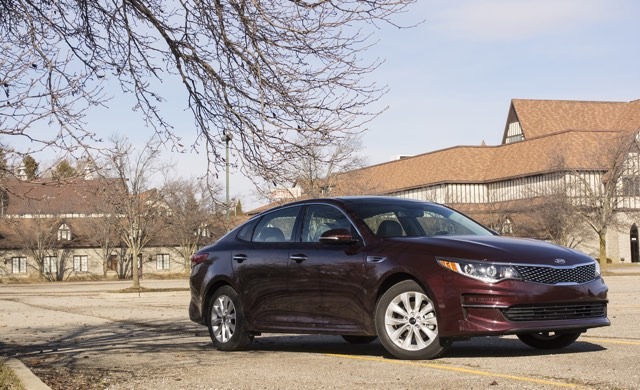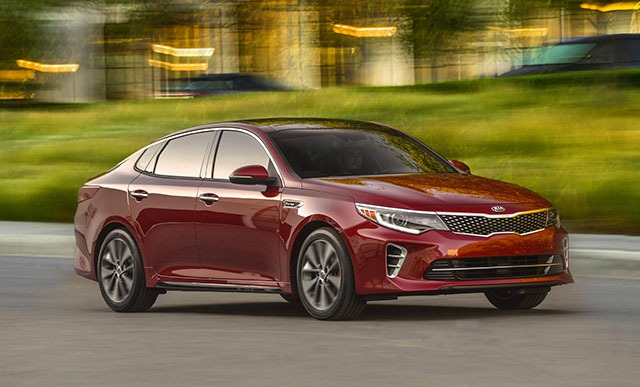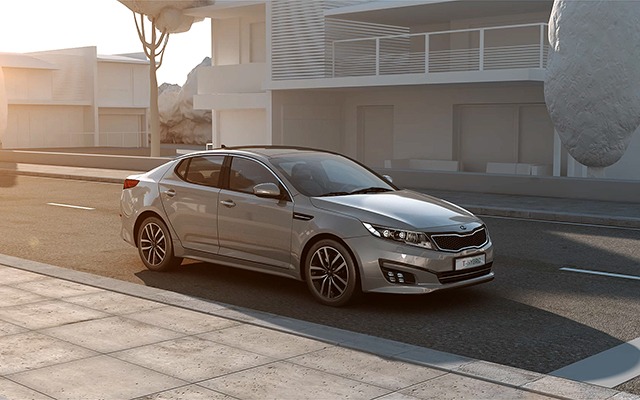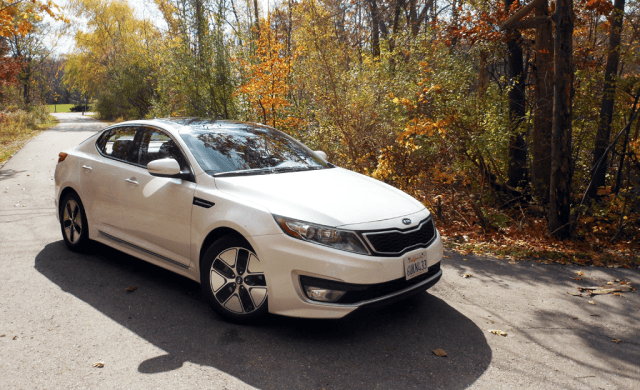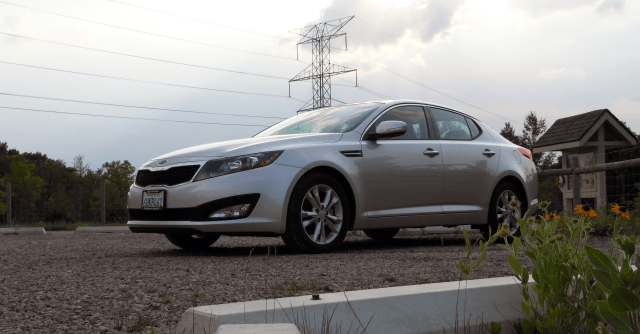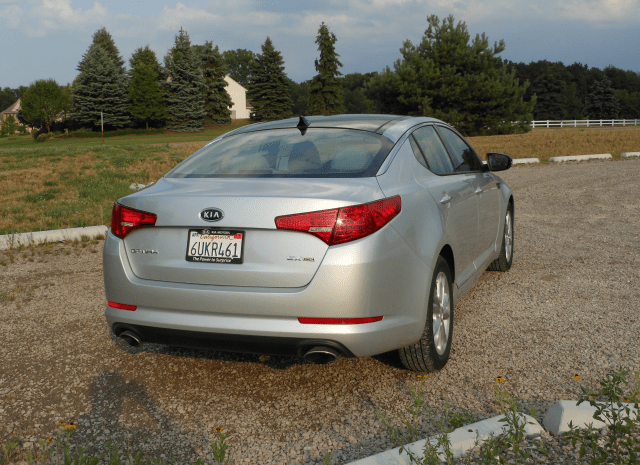Search the Community
Showing results for tags 'Optima'.
-

Opinion: The Family Sedan is now on the Endangered Species List
Drew Dowdell posted an article in Opinion
With yesterday's report that the Hyundai Sonata and Kia K5/Optima may not be replaced at the end of their cycle, it has become clear that the mid-size family sedan in the U.S. has become an endangered species. The current Sonata and K5 are expected to last until at least 2025, but if they do in fac... -
With yesterday's report that the Hyundai Sonata and Kia K5/Optima may not be replaced at the end of their cycle, it has become clear that the mid-size family sedan in the U.S. has become an endangered species. The current Sonata and K5 are expected to last until at least 2025, but if they do in fac...
-
Automotive News is reporting that internal sources have indicated that Hyundai will not develop a new generation of the Sonata once the current model run has complete. Similar reports regarding the fate of the Kia K5, the replacement for the Kia Optima, seem to confirm this as both vehicle share a c...
-
Automotive News is reporting that internal sources have indicated that Hyundai will not develop a new generation of the Sonata once the current model run has complete. Similar reports regarding the fate of the Kia K5, the replacement for the Kia Optima, seem to confirm this as both vehicle share a c...
-
The Kia K5 was unveiled in South Korea last month, but now we have some technical details to go with it. It sounds like Kia will ditch the Optima name in the U.S. and go with the K5 name used in South Korea going forward. The engine selection is similar to that of the Hyundai Sonata. There wil...
-
Kia's styling lately has been on a good run with the handsome Kia Telluride, the Kia Stinger, and the new Kia Soul. Next up looks to be the redesigned Kia Optima. Though the current model is only 4 years old, Kia is looking at a major redesign for 2020-2021 in the Korean market where it is dubbed t...
-
Kia's styling lately has been on a good run with the handsome Kia Telluride, the Kia Stinger, and the new Kia Soul. Next up looks to be the redesigned Kia Optima. Though the current model is only 4 years old, Kia is looking at a major redesign for 2020-2021 in the Korean market where it is dubbed t...
-
When I go back and look at the various Kia Optimas I have driven for Cheers & Gears, there has been one variant that I haven’t driven, the 2.0L turbo-four. But this changed back over the summer when a 2016 Kia Optima SXL came into the Cheers & Gears’ Detroit bureau for a week-long evaluation. The SX...
- 4 comments
-
When I go back and look at the various Kia Optimas I have driven for Cheers & Gears, there has been one variant that I haven’t driven, the 2.0L turbo-four. But this changed back over the summer when a 2016 Kia Optima SXL came into the Cheers & Gears’ Detroit bureau for a week-long evaluation. The SX...
-
Has it really been almost four years since we last took at the Kia Optima? Going back through our review archives, the answer is yes with the 2012 Optima Hybrid. Since this time, we have driven the full gamut of midsize sedans that have impressed us (Honda Accord EX) or ended up to be a big dud (Che...
-
- 2016
- 2016 Kia Optima EX
-
(and 5 more)
Tagged with:
-
Has it really been almost four years since we last took at the Kia Optima? Going back through our review archives, the answer is yes with the 2012 Optima Hybrid. Since this time, we have driven the full gamut of midsize sedans that have impressed us (Honda Accord EX) or ended up to be a big dud (Che...
-
- 1
-

-
- 2016
- 2016 Kia Optima EX
-
(and 5 more)
Tagged with:
-
KIA MOTORS AMERICA POSTS TENTH CONSECUTIVE MONTHLY SALES RECORD Double Digit Gains for Five Models Push Year-To-Date Sales up 6.9 Percent IRVINE, Calif., March 1, 2016 – Kia Motors America (KMA) today announced best-ever February sales of 49,737 vehicles, a 13 percent increase over the same perio...
-

New York Auto Show: 2016 Kia Optima
William Maley posted an article in New York International Auto Show (NYIAS)
It was five years ago that Kia shocked everyone with the introduction of the Optima. With a bold design, impressive engine lineup, and excellent value for money, the Optima put everyone in the midsize sedan class on notice and was a catalyst in the transformation of Kia. So it seems appropriate that...- 13 comments
-
- 2016
- 2016 Kia Optima
-
(and 5 more)
Tagged with:
-
It was five years ago that Kia shocked everyone with the introduction of the Optima. With a bold design, impressive engine lineup, and excellent value for money, the Optima put everyone in the midsize sedan class on notice and was a catalyst in the transformation of Kia. So it seems appropriate that...
- 13 replies
-
- 2016
- 2016 Kia Optima
-
(and 5 more)
Tagged with:
-
One of Kia showings at this year's Paris Motor Show is a intriguing hybrid concept housed in the current Optima. The Optima T-Hybrid Concept pairs a 1.7L diesel four-cylinder featuring a turbocharger and electric supercharger, and a a small electric motor with a 48-volt lead-carbon battery. The mild...
-
One of Kia showings at this year's Paris Motor Show is a intriguing hybrid concept housed in the current Optima. The Optima T-Hybrid Concept pairs a 1.7L diesel four-cylinder featuring a turbocharger and electric supercharger, and a a small electric motor with a 48-volt lead-carbon battery. The mild...
-
William Maley Staff Writer - CheersandGears.com November 6, 2012 Much like the competition, Kia offers a variety of powertrains in their midsize sedan competitor, the Optima, to meet the demands of consumers. There’s a base four-cylinder model, a turbocharged-four taking the place of a V6, and hy...
- 6 comments
-
William Maley Staff Writer - CheersandGears.com November 6, 2012 Much like the competition, Kia offers a variety of powertrains in their midsize sedan competitor, the Optima, to meet the demands of consumers. There’s a base four-cylinder model, a turbocharged-four taking the place of a V6, and hy...
-
William Maley Staff Writer - CheersandGears.com July 23, 2012 Question: What is the second oldest nameplate in Kia's lineup? If you said the Sportage, you would be wrong. That happens to be the oldest nameplate. The answer is a tie between Kia's smallest and largest sedans: the Rio and Optima. Fo...
- 6 comments
-
- 2012
- 2012 Kia Optima
-
(and 2 more)
Tagged with:
-
William Maley Staff Writer - CheersandGears.com July 23, 2012 Question: What is the second oldest nameplate in Kia's lineup? If you said the Sportage, you would be wrong. That happens to be the oldest nameplate. The answer is a tie between Kia's smallest and largest sedans: the Rio and Optima. Fo...
- 6 replies
-
- 2012
- 2012 Kia Optima
-
(and 2 more)
Tagged with:
-
William Maley Staff Writer - CheersandGears.com July 5, 2012 This week in the Cheers and Gears Detroit garage is the 2012 Kia Optima EX. This Optima is equipped with the base 2.4L DI inline-four delivering 200 HP and 186 lb-ft torque, and is equipped with a six-speed automatic. First Impressions...
- 13 replies
-
- Interactive Review
- Kia
-
(and 2 more)
Tagged with:
-
- 13 comments
-
- Interactive Review
- Kia
-
(and 2 more)
Tagged with:





